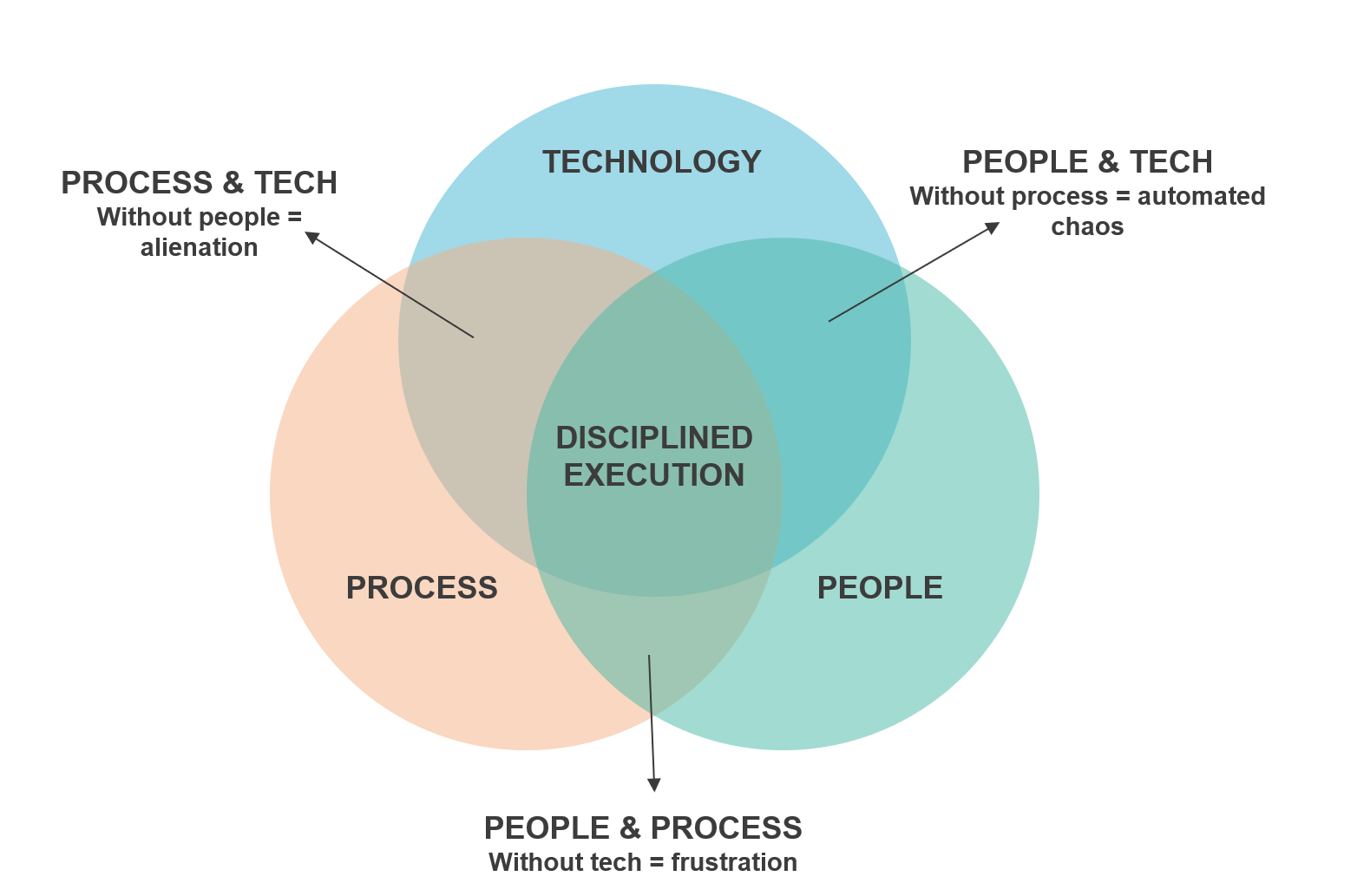Consumer trends are always evolving. The use of new and improved personal technology enhances consumers’ lives and pushes them to expect similar experiences in everyday environments. The COVID-19 pandemic changed many things for retail stores and consumers alike. eCommerce grew by 44% in 2020 as consumers stayed at home at the peak of the health crisis and bought most things online. It also catalyzed the evolution of the shopping experience – including use cases such as, curbside pickup, BOPIS, etc. The question that lingers right now is are these trends here to stay for good? And if they are, how can retailers continue to drive more in-store traffic?















